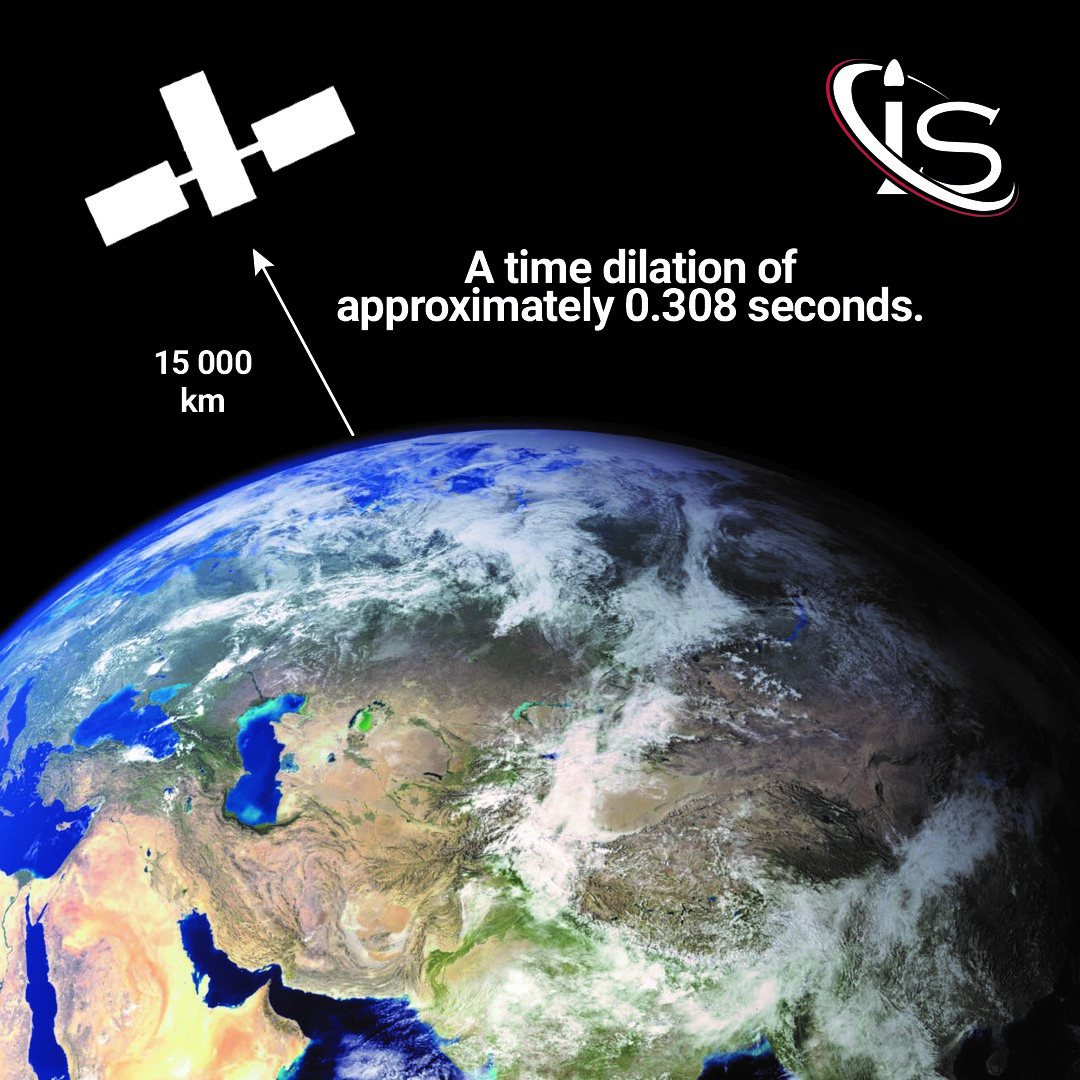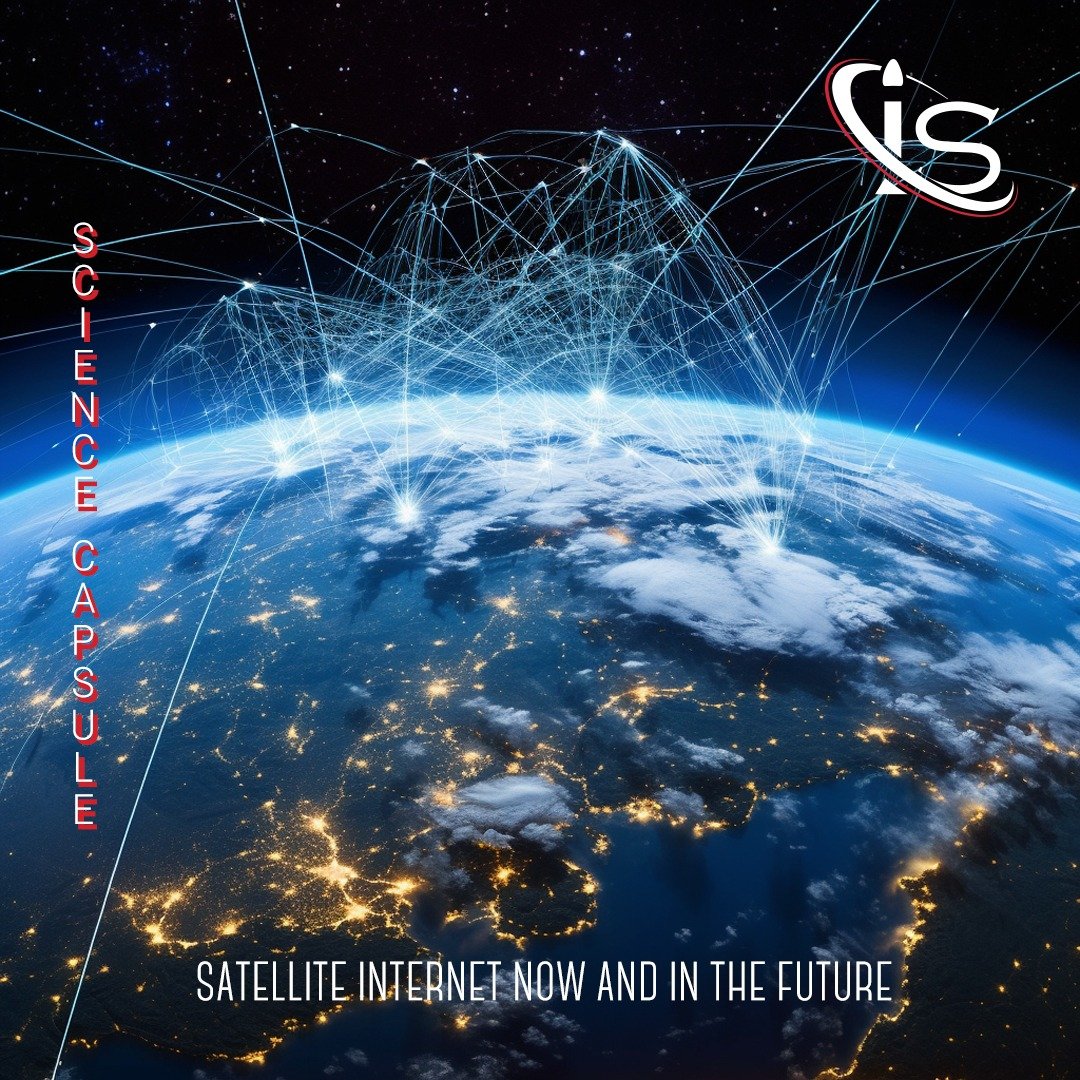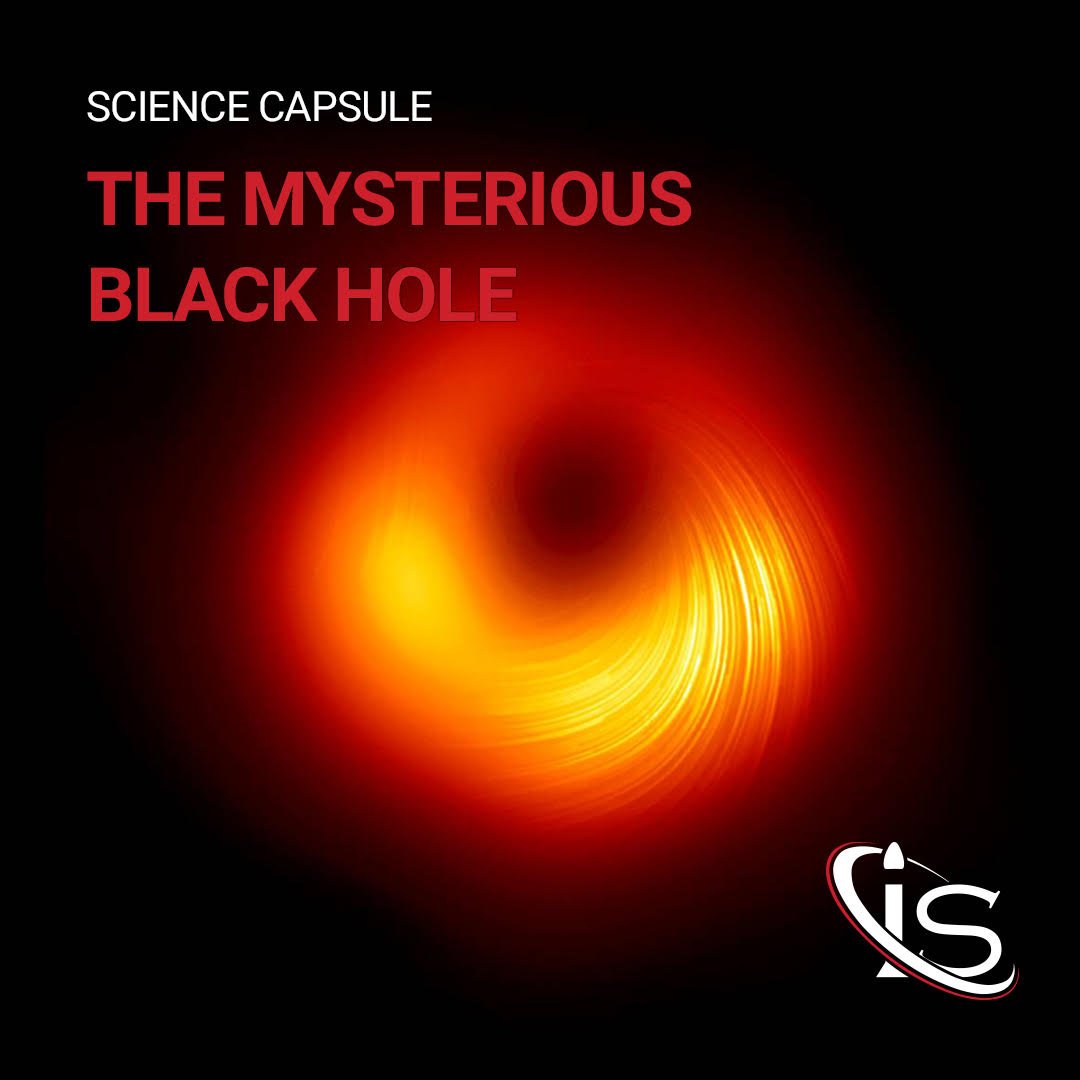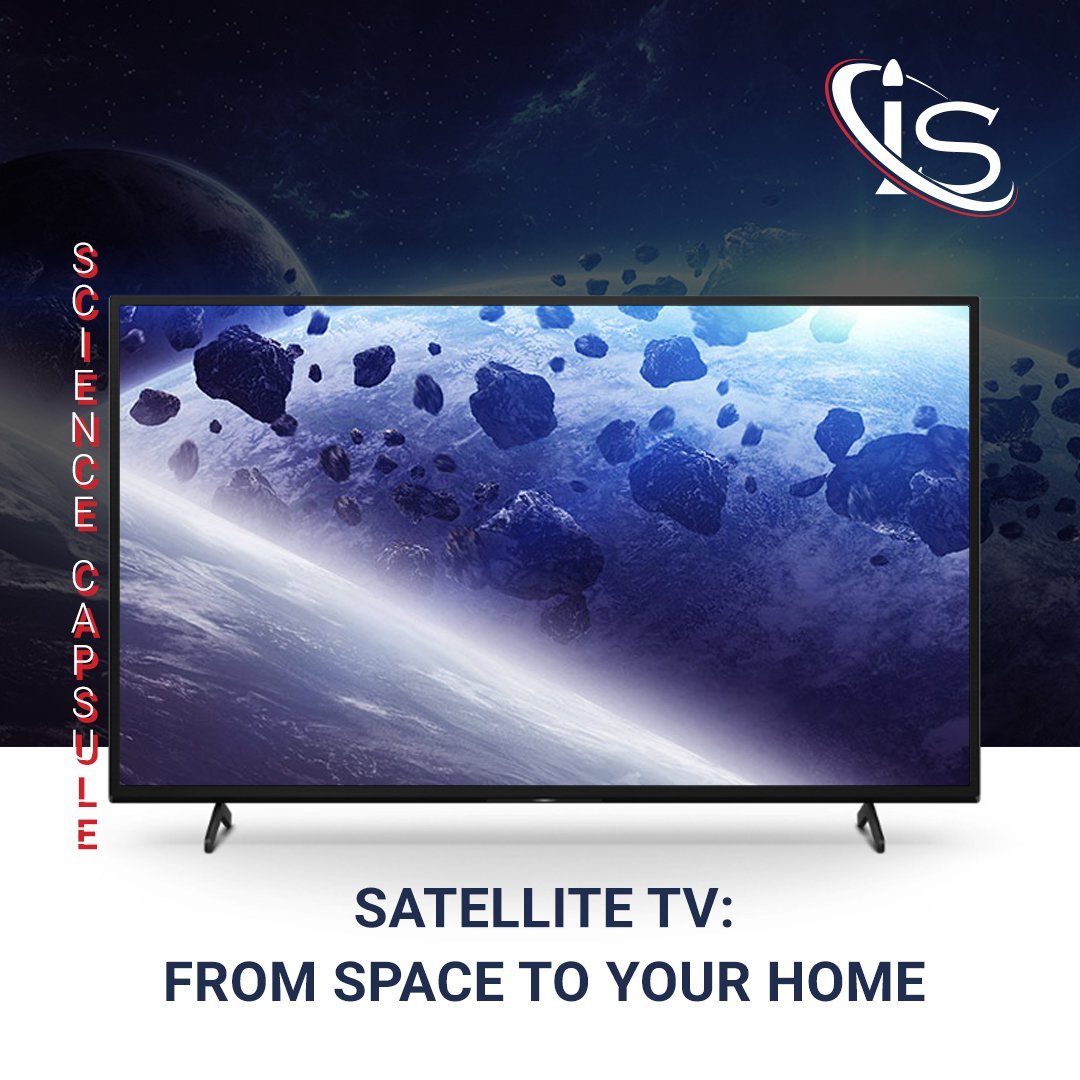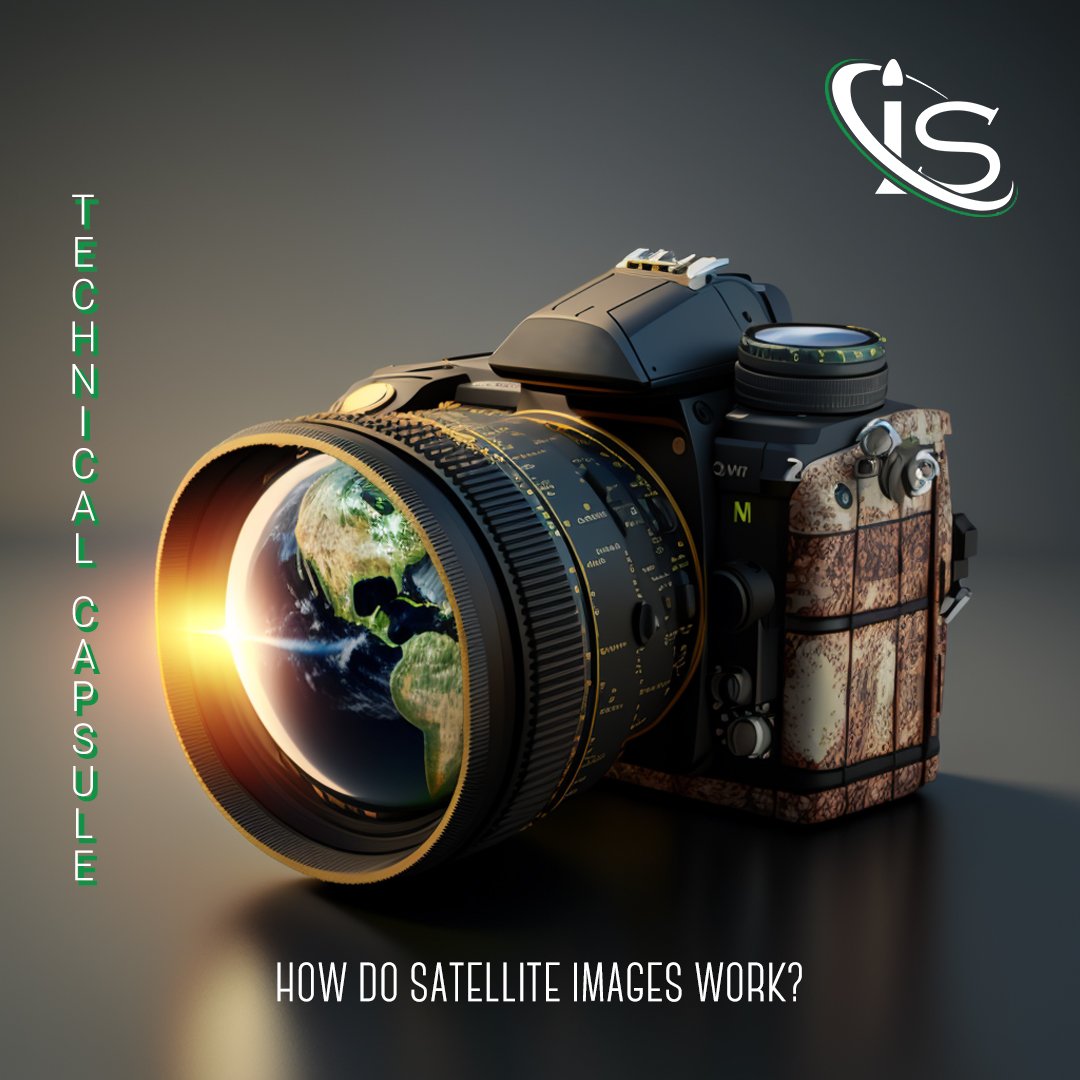In last week’s Science Capsule, we discussed how time on satellites passes differently than here on Earth due to the effects of General Relativity. However, that is not the only physical phenomenon that affects the flow of time on satellites. In fact, it only makes sense that, if we have General Relativity, then we must have a different type of relativity as well. This second type is known as Special Relativity and, much like its general counterpart, it deals with differing rates of the passing of time.
Still, there is a big difference between the two of them, and that is the fact that they cover two different physical phenomena. While General Relativity explains the effects of gravitational fields on the space-time continuum, Special Relativity deals with the effects that high velocities have on space-time. Now, in order to see a very noticeable change, these velocities have to be massive, relative to the speed of light in fact. Still, while the change may not seem like much at first, when dealing with precise data measurements, the speeds that satellites reach do have an impact on the data gathered.
The Basics Behind Special Relativity
Much like the article on General Relativity, there is a lot of math and theory required to fully explain this, albeit not quite as much. Although, I would probably still need to get someone who is much more knowledgeable than myself to fully explain all the math behind it. However, for our purposes, we do not need to delve into the deep mathematical meanders. We can, instead, focus on the direct effects that this phenomenon has on satellites and deal with only the math necessary to get a good grasp as to how this theory works. First, it is important to establish the two main effects that Special Relativity has: length contraction and time dilation. Both refer to the differing lengths of time and space experienced by someone in a very fast-moving reference frame.
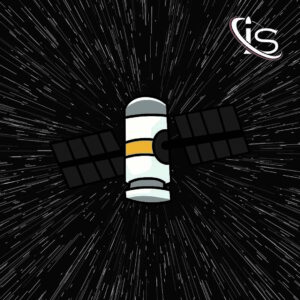
In the case of time dilation, the observer in the high-speed frame will experience time passing more slowly. This will cause them to observe a shorter time lapse for traveling a certain distance than the one recorded by another observer in a “control” frame of sorts. What is really interesting, however, is that they will both record the same relative speed to each other. But how can this be? Well, this is where length contraction comes in. The observer in the “traveling” frame will record a shorter distance traveled than the observer in the “control” frame. Thus, both will record different lengths of time and distance traveled, while still coming up with the same speed.
Before we fully dive into the equations that dictate these perceived changes in time space, I would like to point out the deliberate use of quotations around some of the adjectives I used to describe the two reference frames. These quotations are there, because technically both frames are traveling compared to each other, and both will record special relativistic observations when looking at the other frame.
This is where the concept of relativity really comes into play. After all, the main difference between the two observers is their speed relative to each other. But that does not imply that there is some sort of “proper” or “correct” reference frame. It is only for the sake of convenience (especially to work out the math) that have a reference frame that we consider stationary and one that we consider moving. In fact, if there are two high-velocity reference frames moving with respect to one another, the math gets a bit more complicated, requiring velocity transformations to fully determine the relativistic effects. Fortunately, because satellites are orbiting Earth, we do not need to worry about this second case.
The Math Behind this Phenomenon
And speaking of, this is probably a good time to bring out the math needed to find the effect that Special Relativity has on time flow on satellites. These are the two main equations that dictate time dilation and length contraction:
![]()
![]()
Where:
![Rendered by QuickLaTeX.com \[\gamma = \frac{1}{\sqrt{1 - \frac{v^{2}}{c^{2}}}}\]](https://impulso.space/wp-content/ql-cache/quicklatex.com-5a1297f23fc0a56eaf3f1040272aee82_l3.png)
![]()
![]()
![]()
![]()
![]()
![]()
We are more concerned with the time dilation one, as that is the main topic of this Science Capsule. However, if you felt so inclined, you could check the length contraction effects yourself by plugging in any distance and seeing how that is changed by the satellites speed.
With that in mind, let us find out the difference in time elapsed for the same MEO satellite we discussed in the General Relativity part of this topic. The only extra little bit of information we need that we did not use last time is the satellite’s speed. For an average MEO satellite located at 15000 km above the Earth, this will clock in at about 3700 m/s. So, over the course of 24 hours, the Special Relativity effects on these satellites will cause it to experience a total time elapsed of 86399.9999934 s This gives us a difference of about 0.00000657 seconds over 24 hours. Subtracting this from the extra time elapsed due to General Relativity, which was 0.00030821 seconds we get a total difference in the time elapsed on a satellite of 0.00030164 s.

